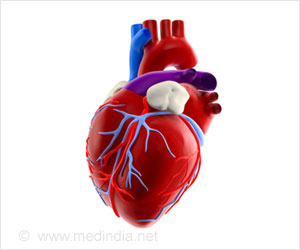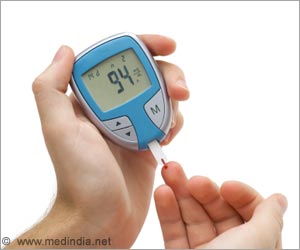Atherosclerosis thickening or hardening of the arteries. It is caused by a buildup of deposits of fatty substances such as cholesterol in the inner lining of an artery.
Therefore, the need for better and easy-to-use methods for measuring atherosclerosis burden that can be used as population screening tools is required.
The new imaging method was first validated and implemented in a study of almost 200 healthy participants with an intermediate heart disease risk.
The study which started in 2010 and was recently extended until 2030, is one of the most important cardiovascular prevention studies in the world.
Researchers developed a new probe and software for a real 3D ultrasound to facilitate exploration of the carotid and femoral arteries and speed up quantification of atherosclerotic deposits.
Traditional clinical evaluations based on measurements of cholesterol, blood pressure, blood glucose, and lifestyle habits cannot accurately determine accumulated damage in the heart.
The absence of this crucial information may delay taking appropriate decisions to prevent acute events such as myocardial infarction or stroke.
The newly validated 3D vascular probe incorporates 3D matrix technology, which underpins the most advanced 3D ultrasound techniques.
In addition to demonstrating the accuracy of 3D matrix ultrasound, the study also demonstrates that the new technique takes just half the time needed by previous methods to obtain all the information required for patient management.
“When patients see the state of their arteries, this impresses upon them the need to change their lifestyle, in a graphic manner not achieved by reading a list of analytical data,” said first author Dr. Beatriz López Melgar, a cardiologist at Hospital Universitario La Princesa in Madrid.
The ability to view deposits in 3D allows us to assess them more precisely and in their entirety, something not possible with conventional 2D methods. 3D ultrasound also provides invaluable information about plaque morphology.
The development of ultrasound methods will also expand personalized medicine and the use of diagnostic imaging techniques for patient care benefits in a larger sector of the population.
Source: Medindia



